We all know that reclaimed wood is a popular design choice, but, what are the sustainability benefits associated with incorporating a recycled wood product into a project? From the reduction in deforestation to the resources it requires to transport commercially harvested woods around the globe, there is some pretty compelling data to prove its case. Simply put, repurposing materials has less impact on the planet and our natural ecosystem as well as the natural resources available worldwide.
Businesses can also gain points toward a Leadership in Energy and Environmental Design (LEED) certification if they are reusing reclaimed wood products in their construction or remodeling project. Reclaimed wood meets the Materials & Resources criteria for LEED certification, or the “certified wood” category if the product is certified by Forest Stewardship Council (FSC).
Ready to Discover More?
Your next project is just around the corner. Browse our product galleries for more inspiration.
4 Sustainability Benefits of Reclaimed Wood
We love reclaimed wood for a variety of reasons, but there are some key sustainability benefits that also make reusing old wood a great choice for the environment as well! Discover the top 3 sustainability benefits to using reclaimed wood building materials for your next project:
1. Reduces Deforestation
One of the biggest sustainability benefits of recycled wood is the decreased use of new lumber and thereby, reduction in deforestation. How important are our trees? 30 mature trees can provide enough oxygen for 120 people each day and absorb 946lb of carbon dioxide from the atmosphere each year. While that may not sound like a lot, when you look at a growing population on our planet it becomes more important to keep a healthy balance and more oxygen is clearly better. When new trees are cut to manufacture building materials or furniture, the entire ecosystem of the forest is affected negatively. Sourcing methods for reclaimed wood reduces the need for new lumber. This is a big reason why companies are moving toward reclaimed wood products. Using reclaimed materials prevents unnecessary cutting of trees that contribute to the environment.
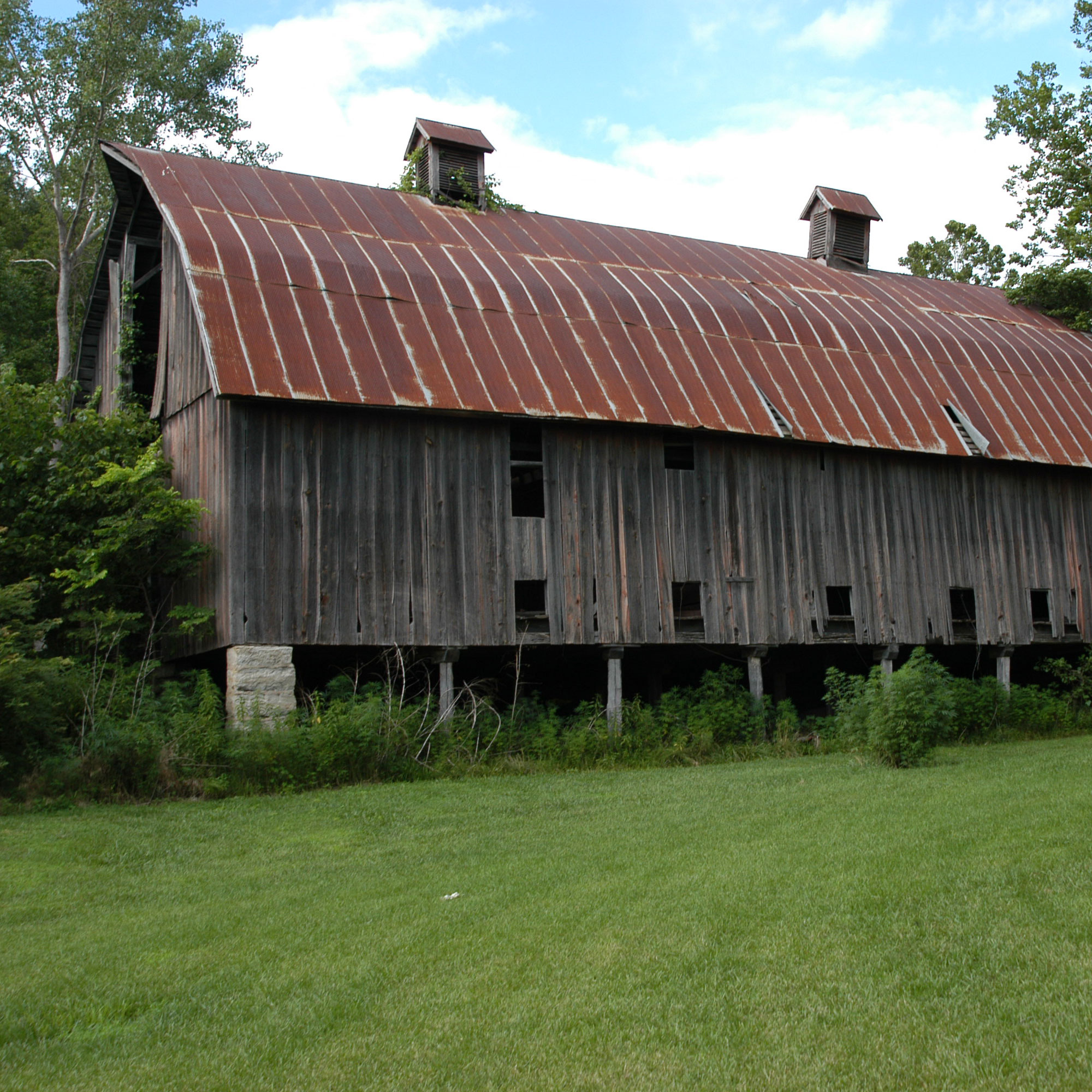
This Barn Has Plenty Of Stories To Tell
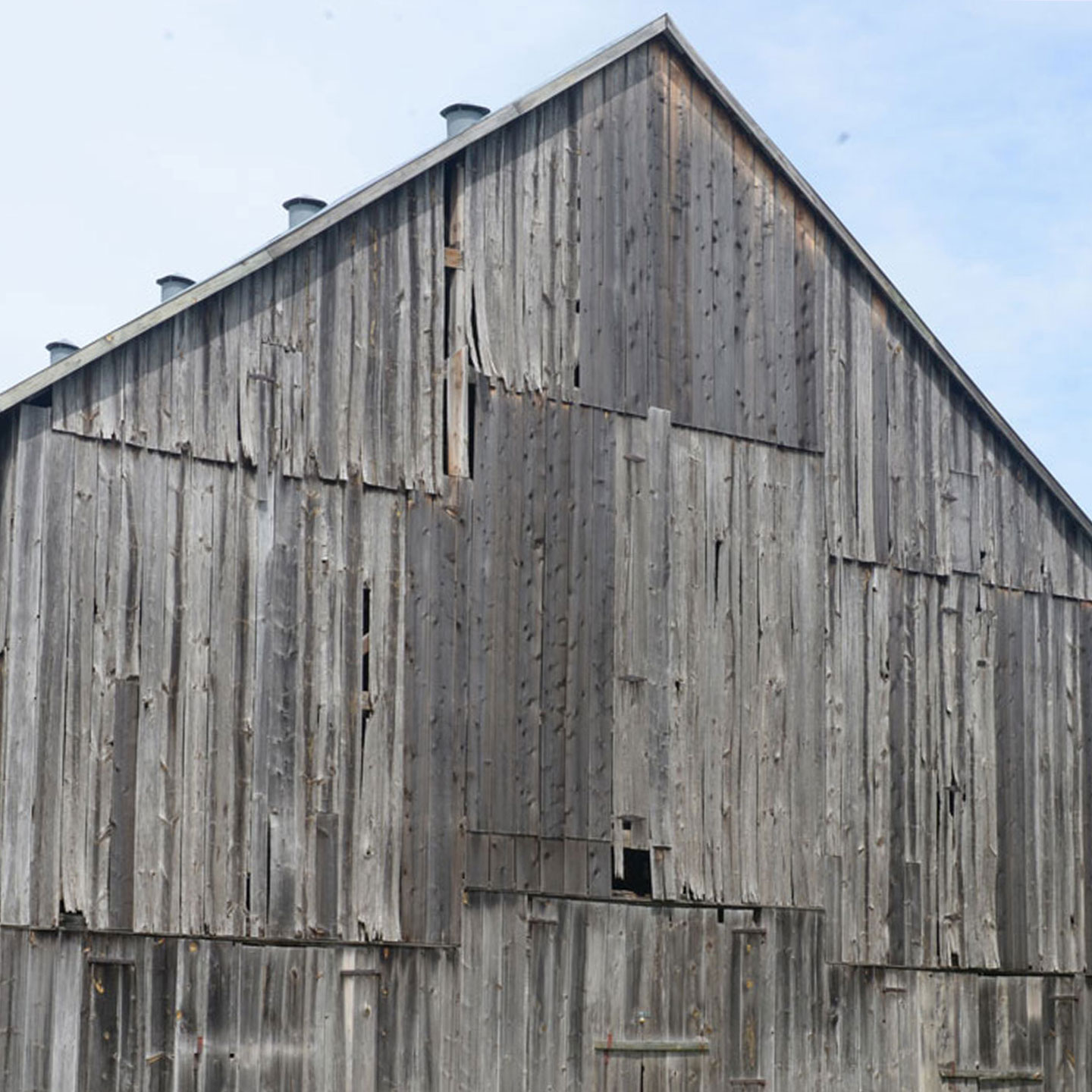
The Aged Grey Wood Is Ready For A Second Life
2. Lower Impact Manufacturing
Because reclaimed wood has already gone through a manufacturing process when it was initially sawn, there are fewer steps to the manufacturing process for reuse. Reclaimed wood has less impact on the environment than new wood sourced from freshly cut trees. Large amounts of energy is used for harvesting, and also millions of gallons of water for irrigation. By using recycled wood, you’re choosing a wood product that was already cut and treated rather than new trees having to be sourced and cut down. Additionally, reclaimed wood increases in strength and durability over time which minimizes the amount of treatments that new wood typically has to undergo to strengthen it. This shortened manufacturing cycle also reduces the amount of transportation that takes place in the process.
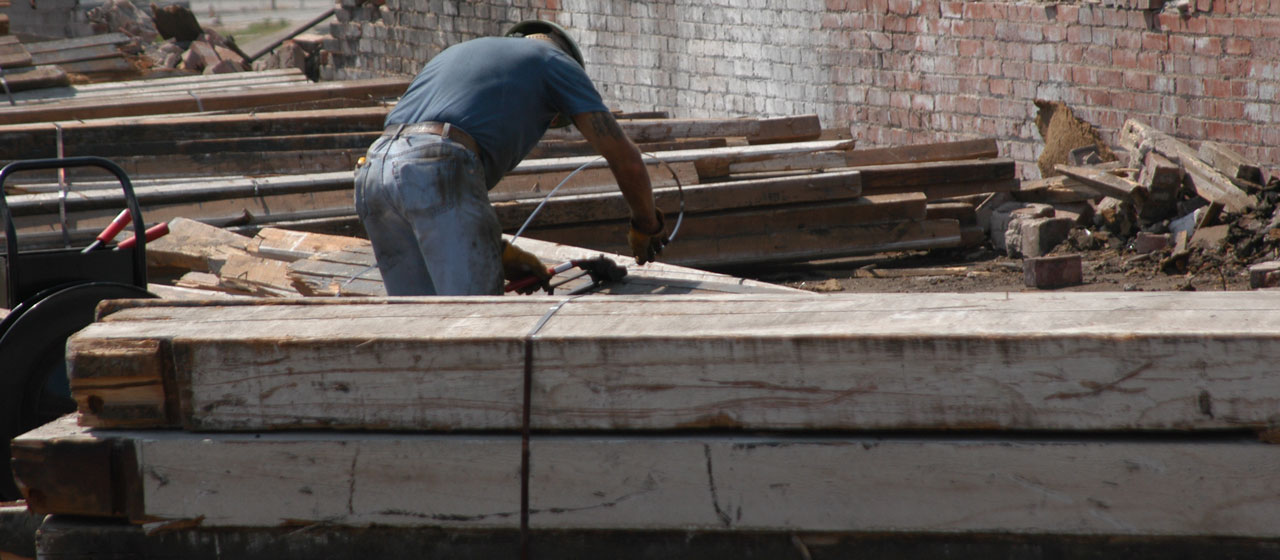
Reclaimed Heart Pine Beams From An Industrial Building
3. Durability
The strength properties are often greater as reclaimed wood benefits from having had a longer more natural growing period than newly harvested woods. When comparing old growth wood to new wood there can often be more than twice the number of growth rings per inch meaning that the tree took much longer to mature and grew far slower and more naturally. Reclaimed wood has also already been exposed to a variety of changing temperatures and elements. This is an important detail for a product such as wood flooring, which tends to warp and change over time as temperatures and humidity fluctuate. With old wood, the wood has already done all the fluctuation it’s going to do and will be less likely to warp and split over time.
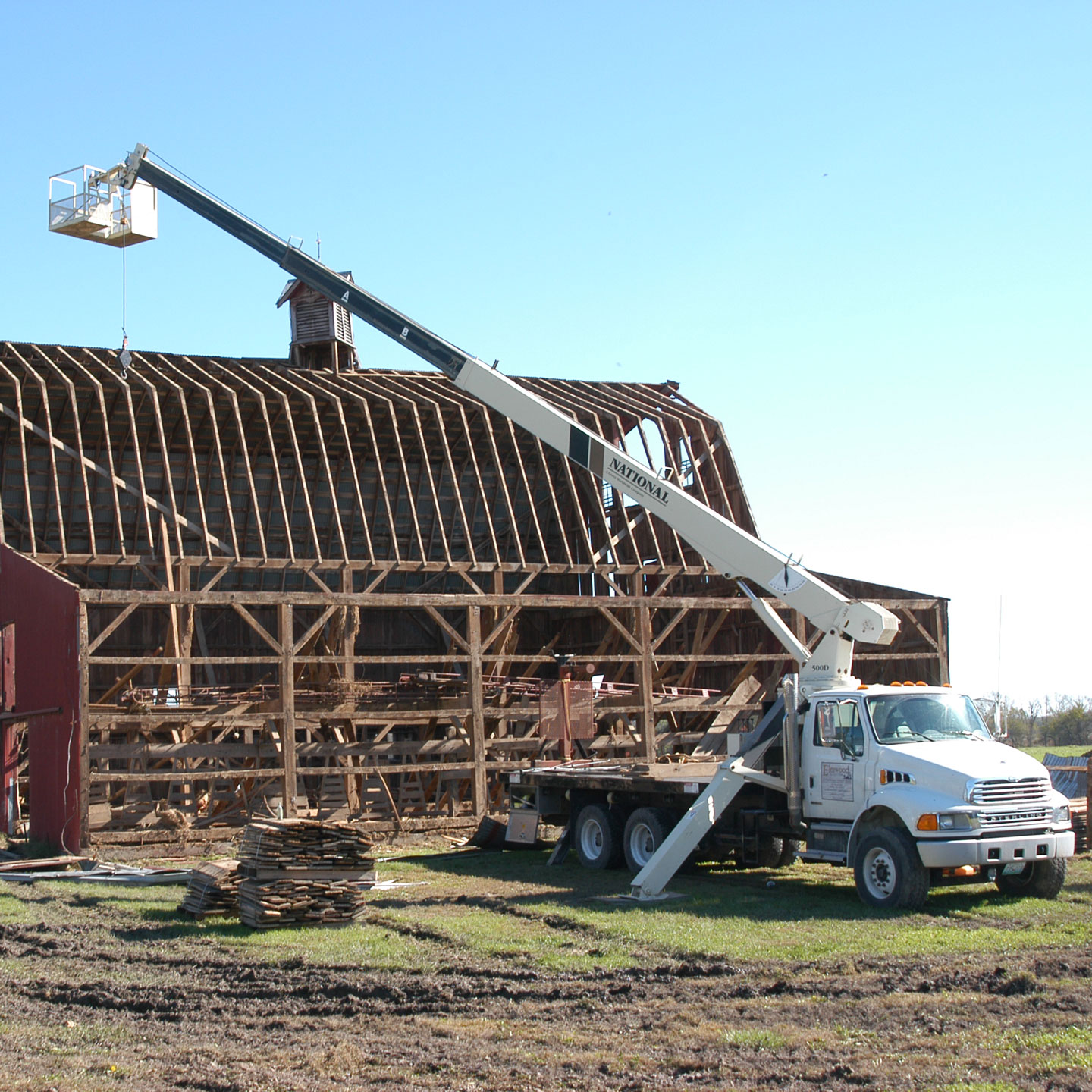
Safety Is A Must When Deconstructing A Building
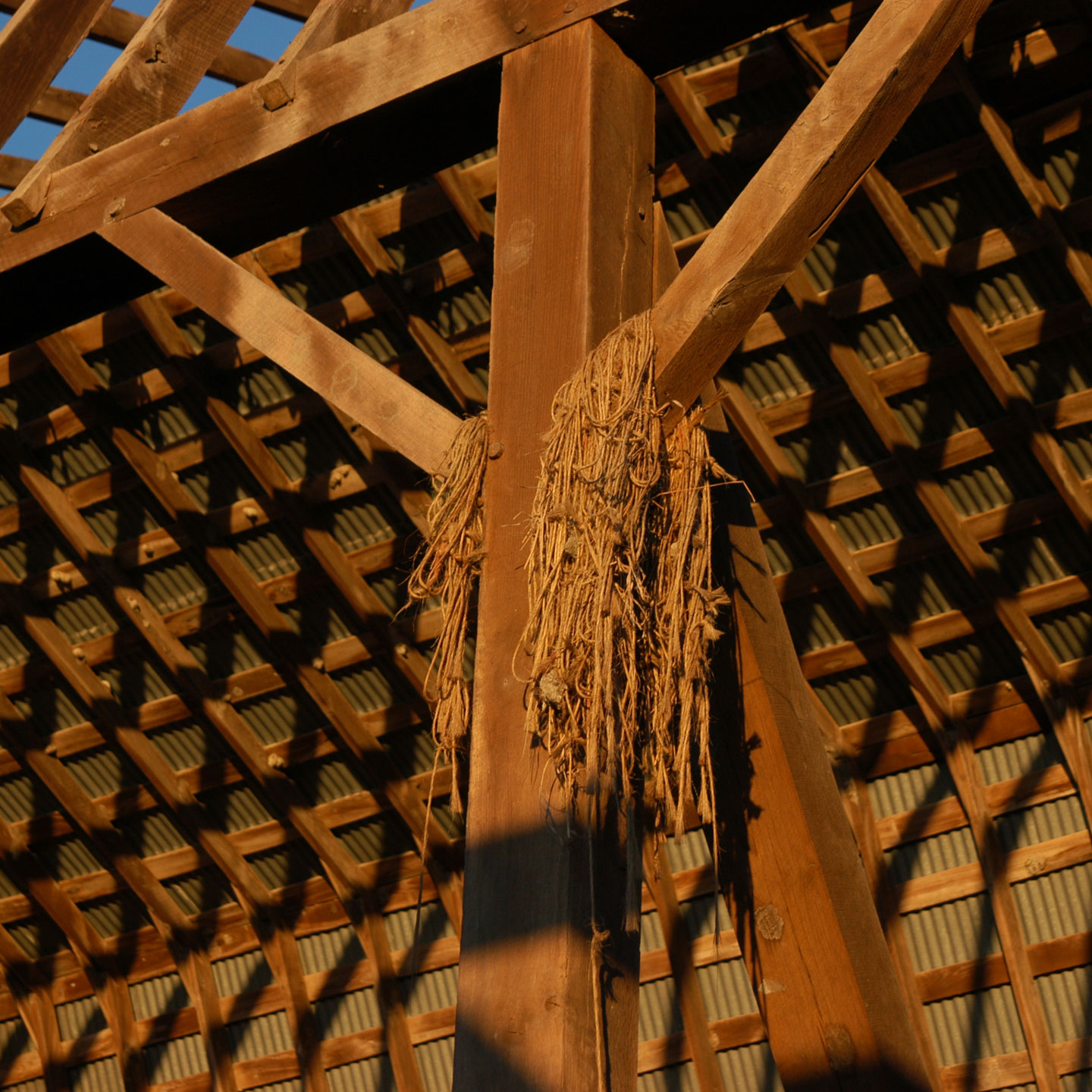
Many Structures Contain Truly Beautiful Materials
4. Bonus Benefit: Appearance
This may not be a reason reclaimed wood is sustainable, but it is a benefit to choosing reclaimed wood products for your next home improvement project! There are many great uses for reclaimed wood. One thing to remember is that reclaimed wood is not unlike new wood; it has the same properties and applications; the major difference is that it has previously been used. One of the amazing things about reclaimed wood is that when cut into, it can look exactly the same as freshly cut lumber.
Reclaimed wood comes in many different species and sizes. From traditional woods like Douglas fir and oak to more highly sought after species like walnut, ash and elm. Another great option is utilizing mixed wood species to combine all of the available species into a unique look. Not only is this an attractive option, it also maximizes the environmental benefits of using reclaimed wood. When creating a rustic product it is almost impossible to tell that there are multiple species incorporated. Not all reclaimed wood needs to be rustic. Many products are clean and modern in appearance lending to a wide variety of design styles. Whatever your interior design, there’s a reclaimed wood product to fit your style.
The Process of Reclaiming Wood
So, what really goes into reclaiming wood and how is it different from harvesting timber commercially? Reclaimed lumber is most commonly found in old structures that have served their purpose and are no longer either usable or simply do not meet the current needs of today’s world. These old buildings are usually abandoned or are being used for a very limited purpose and the cost associated with repair or renovation far outweighs the benefits of such endeavors meaning that if they are not yet abandoned they soon will be.
The sheer quantity of building materials that sit in old abandoned buildings is staggering. At the time many of these old structures were constructed they were way overbuilt and natural resources were plentiful. Not only is there a financial cost associated with disposing of the debris that results from demolition there is also a significant environmental cost as well. With deconstruction there is a financial benefit from the sale of material and a very significant reduction in landfill space saved due to the limited amount of material that will become waste.
One of the largest sources of reclaimed wood is old barns and rural structures. It is estimated that there were over 6 million old barns and countless other rural structures constructed in the United States from the late 1800’s to the early 1900’s, many of which have either been abandoned or are underutilized today. The average barn will yield between 4000 to 15000 board feet of usable material when properly dismantled, this can be enough for several homes to incorporate flooring throughout the entire home.
Significant amounts of material are in great shape and have not sustained damage due to weather and other environmental factors. Large beams and floor joists are a great source of high-quality wood that will result in high yields. This material is used to create flooring, wall and ceiling paneling, wood tops and more.
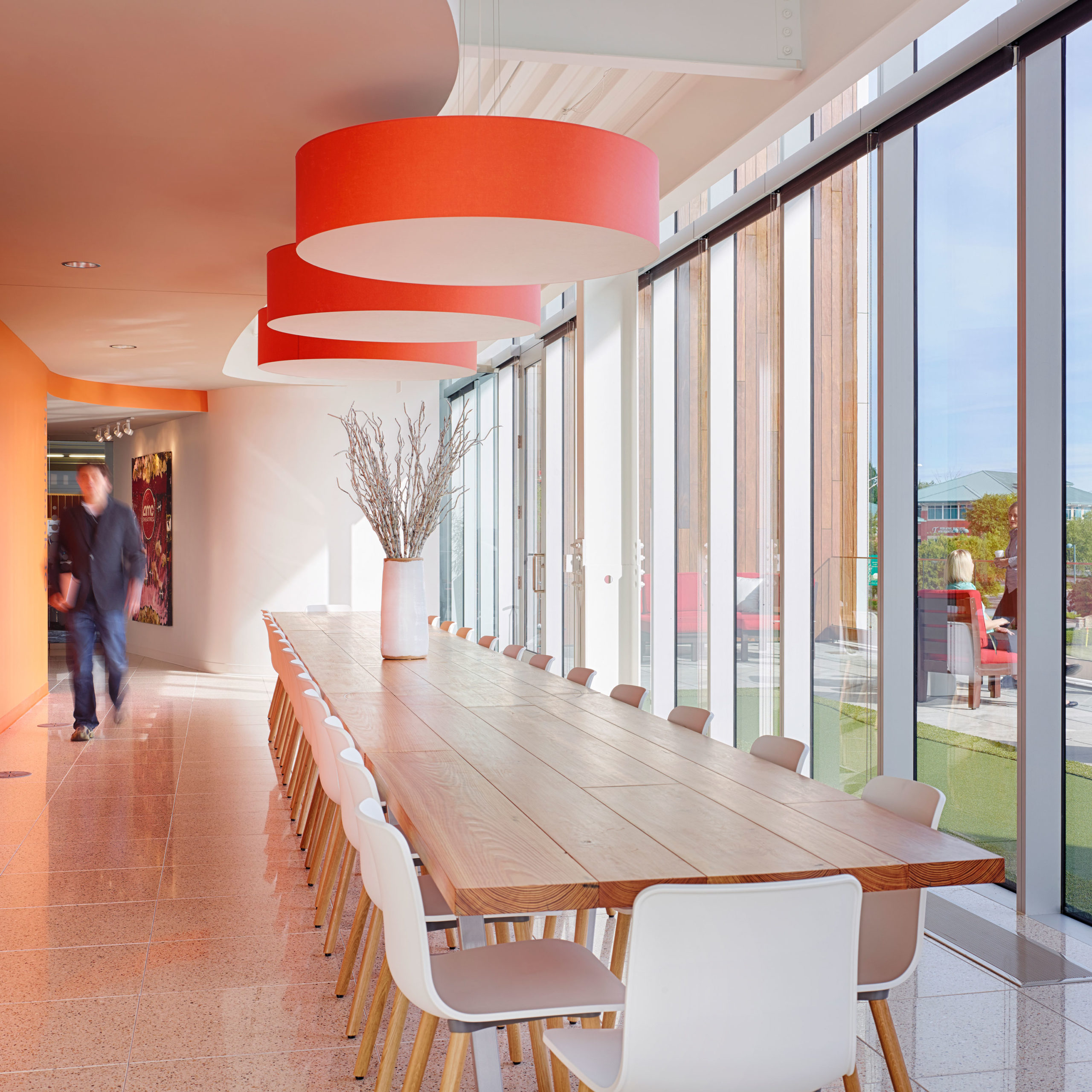
Some Reclaimed Wood Can Be Quite Clean And Modern
Find Reclaimed Wood for Your Next Project
Some key elements of the environmental benefits of reclaimed wood are obvious while others may not be so evident. When looked at as a whole it is clear that there is growing pressure on the resources found on our planet and that they are limited. Using reclaimed wood is a great way to not only create great design but also to do our part in helping to conserve. At Elmwood Reclaimed Timber, we recycle old wood in a range of product options. Browse our reclaimed wood selection today to find something that fits your next project, and have a hand in helping the environment.
